Xuening Feng
Neuro-Symbolic Hierarchical Rule Induction
Dec 26, 2021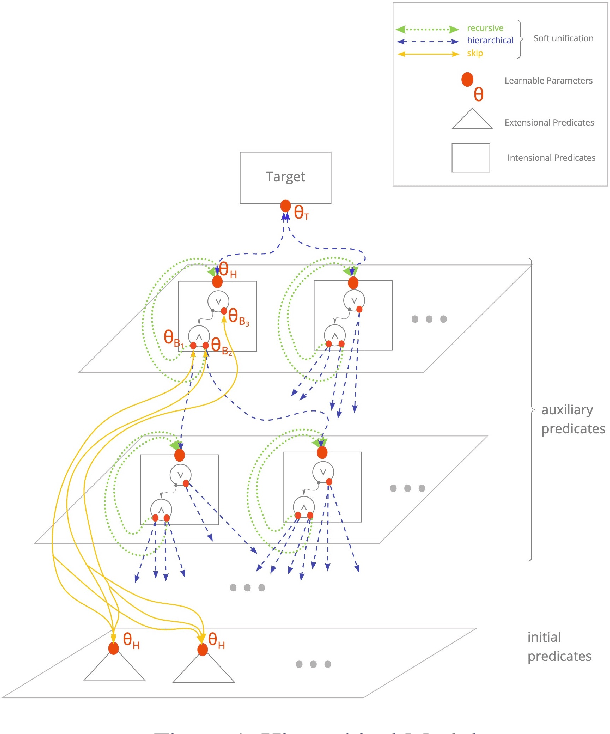
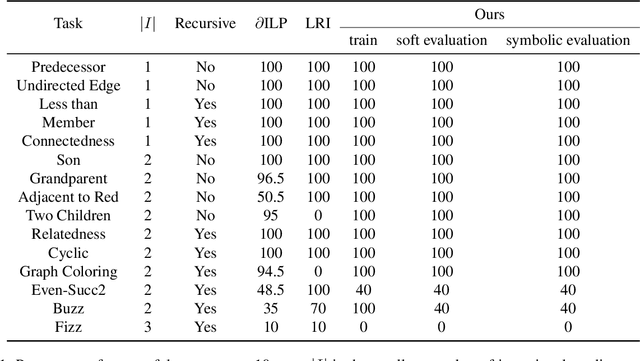


Abstract:We propose an efficient interpretable neuro-symbolic model to solve Inductive Logic Programming (ILP) problems. In this model, which is built from a set of meta-rules organised in a hierarchical structure, first-order rules are invented by learning embeddings to match facts and body predicates of a meta-rule. To instantiate it, we specifically design an expressive set of generic meta-rules, and demonstrate they generate a consequent fragment of Horn clauses. During training, we inject a controlled \pw{Gumbel} noise to avoid local optima and employ interpretability-regularization term to further guide the convergence to interpretable rules. We empirically validate our model on various tasks (ILP, visual genome, reinforcement learning) against several state-of-the-art methods.
Differentiable Logic Machines
Feb 24, 2021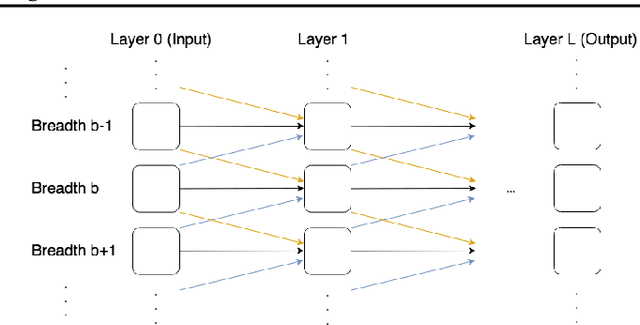
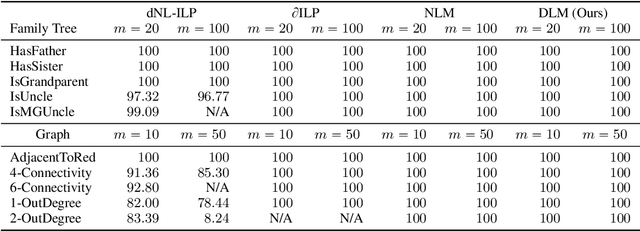

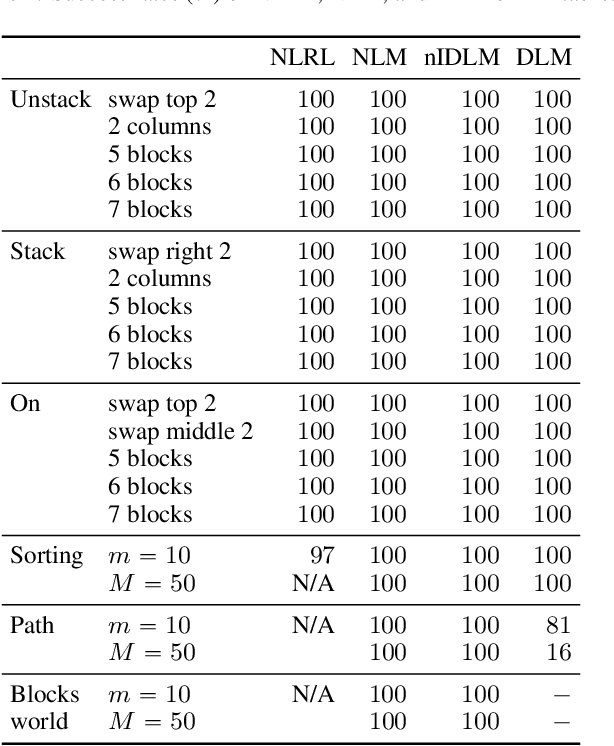
Abstract:The integration of reasoning, learning, and decision-making is key to build more general AI systems. As a step in this direction, we propose a novel neural-logic architecture that can solve both inductive logic programming (ILP) and deep reinforcement learning (RL) problems. Our architecture defines a restricted but expressive continuous space of first-order logic programs by assigning weights to predicates instead of rules. Therefore, it is fully differentiable and can be efficiently trained with gradient descent. Besides, in the deep RL setting with actor-critic algorithms, we propose a novel efficient critic architecture. Compared to state-of-the-art methods on both ILP and RL problems, our proposition achieves excellent performance, while being able to provide a fully interpretable solution and scaling much better, especially during the testing phase.
 Add to Chrome
Add to Chrome Add to Firefox
Add to Firefox Add to Edge
Add to Edge